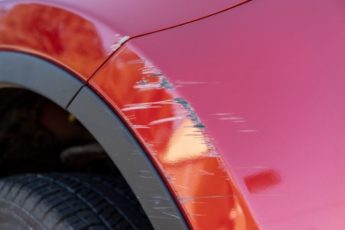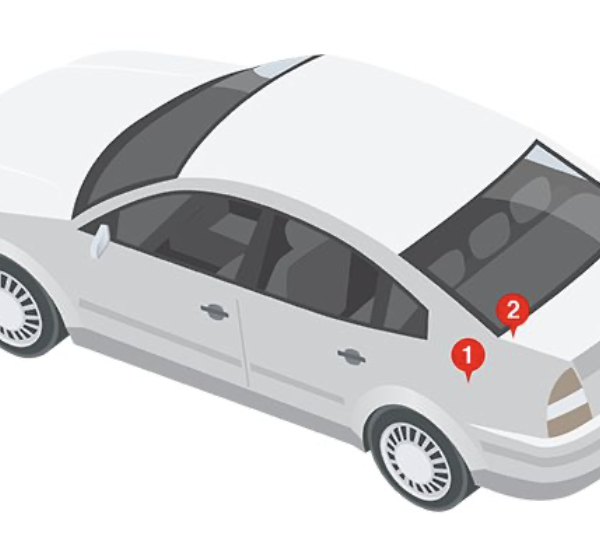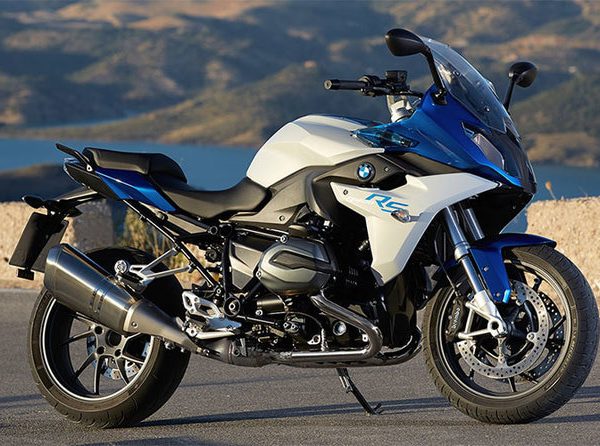How to Fix Orange Peel Paint: Top Tips for a Smooth Finish
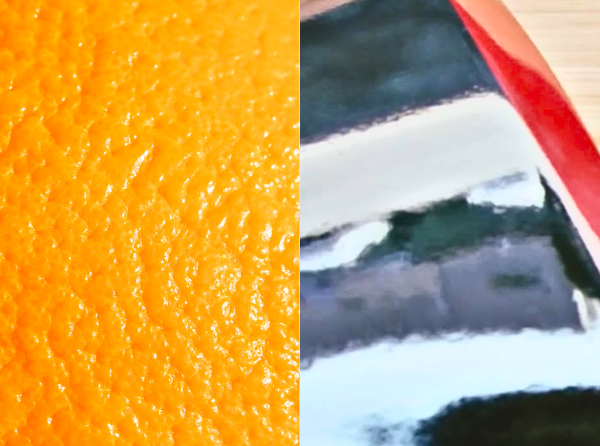
Imagine. You’ve just finished touching up your dream paint job. It’s gorgeous, everything you ever wanted! But what’s this? Does it look a bit dull to you? Why are there tiny bumps on the surface of your perfect paint job? Meet the orange peel, a fun potential wrinkle in the painting process. The orange peel effect has left countless drivers frustrated and we’re here to help. We’re going to talk about what causes the orange peel texture and what you can do about it. Say farewell to orange peel on your paint jobs.
What is Orange Peel?
Orange peel in paint refers to a textured imperfection that causes a wavy appearance on the surface. This effect is aptly named because the bumpy texture closely resembles the skin of an orange. The uneven texture reflects light at different angles, making it a noticeable flaw in any paint job.
What Causes Orange Peel?
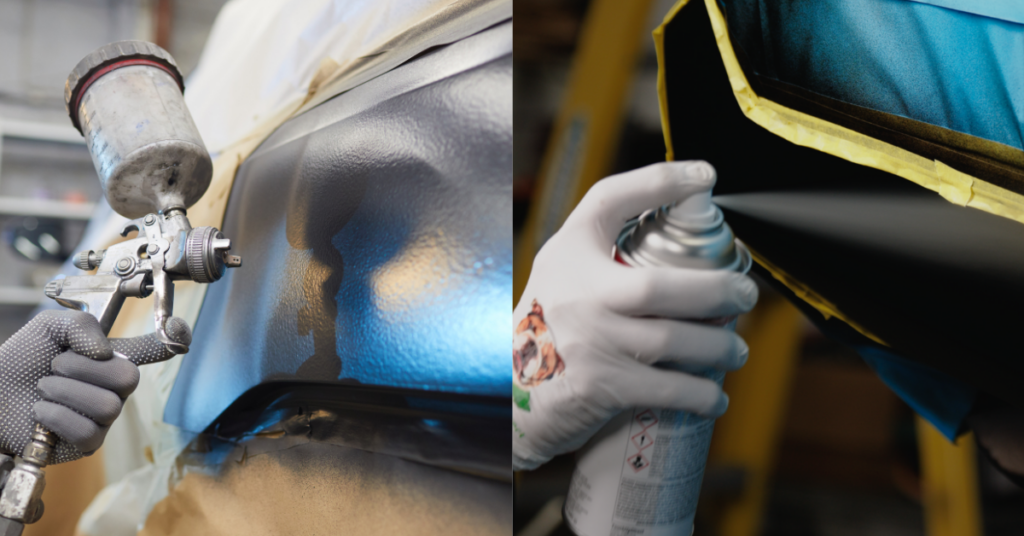
There are a few different causes when it comes to the appearance of orange peel on your paint job. From incorrect spray gun setup to applying excessive paint Clearcoat, there’s a lot of things to look out for when you’re touching up your vehicle. An improper painting technique during the Clearcoat stage is the most common cause of orange peel. Applying an excessive paint of Clearcoat is a good way to ensure orange peel effect ends up on your car’s coat. As the Clearcoat dries, it moves and stretches. If there is too much Clearcoat applied in one area and it’s pulling in different directions, the Clearcoat has nowhere to go. This results in it creating little divots on the surface. How much Clearcoat is considered excessive? For Aerosol touch ups, we recommend about 2-3 coats of paint.
Human error and equipment failure can also contribute to a bumpy surface. Spraying paint at the wrong angle or using the incorrect nozzle size on a spray gun can also lead to the orange peel effect. You should also consider the weather and temperature when you’re painting. Ensuring stable temperature and humidity levels can help you achieve a smooth, professional finish. High humidity levels can contribute to the formation of orange peel texture. Low humidity levels are essential for the paint to dry properly and prevent orange peel. Following the correct painting process and avoiding common pitfalls ensures a smooth finish. Taking the time to apply paint correctly can help you avoid orange peel and achieve a quality finish.
How Do You Remove Orange Peel?
So what can you do when you find orange peel? TouchUpDirect has a kit for this. This kit comes with sanding pads, polishing pads, a bottle of gloss restore, a bottle of final step, and a microfiber cloth. Everything in this kit should get your car’s coat back to factory like condition. If you don’t want to purchase this kit, here’s how to polish up your paint job.
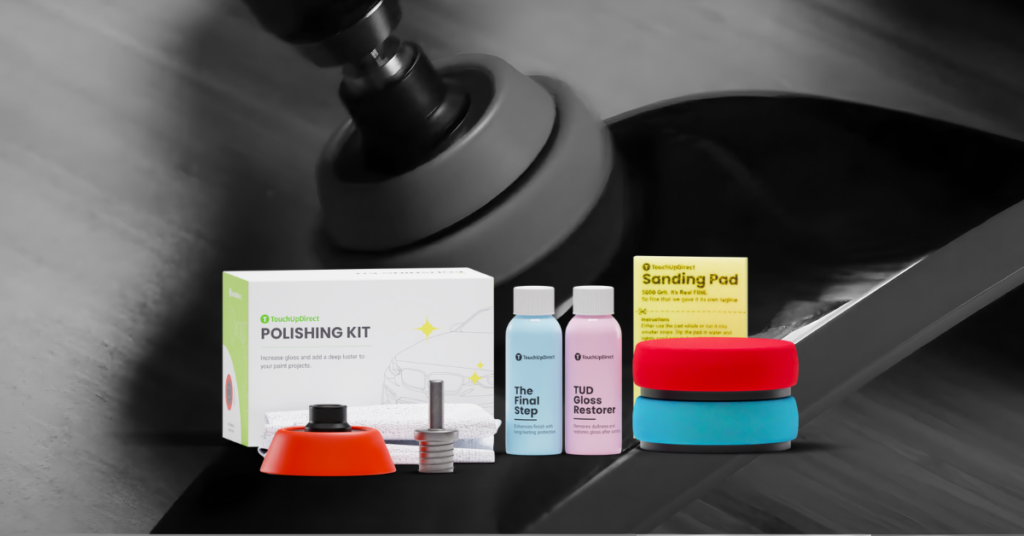
Wipe the area down with a microfiber cloth. Next, we’re going to take out the 3,000 grit sandpaper scratches using an 8,000 grit sandpaper. This incredibly fine sandpaper will also bring some of the gloss back to your finish before the polishing compound takes care of the rest. Once again, we are wet sanding. Wetsand the affected area and wipe it off with a microfiber cloth once you are finished.
Now it’s time for your polishing compound. You can either polish by hand or use a drill. We would recommend polishing by hand but using a drill would make for a faster job when polishing large areas. Apply your compound to a microfiber cloth. Rub the surface of your car with the polishing compound on the cloth until the paint job is glossy. Once finished, wipe down the area with a microfiber cloth and make sure that there is no orange peel. If the orange peel is still there, you can start again on that area with the sandpaper. If it looks clear and glossy: Ta da! The orange peel has been vanquished and your finish is restored.
Need some help with the touch up process? We’re here to help you get the best possible coat for your vehicle. Between our blog posts and the giant library of instructions we’ve created, we’ve got touch up paint walkthroughs for everyone. And if you don’t want to read, check out the many instructional videos on our YouTube page.

 Cart
Cart
 Help Desk
Help Desk


